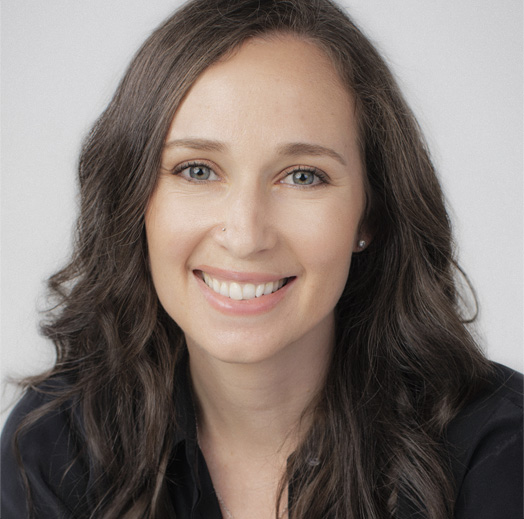“I don’t know where to begin.”
Aliyah was the new VP of User Experience. She’d been charged with building a team from the ground up, and she was more than qualified. Yet, instead of developing the team strategy and working with HR to start recruiting the team, she kept drawing up plans and tossing them in the trash. She was immobilized, easily distracted and constantly getting pulled into the weeds of day-to-day details.
“So,” I said. “What’s going on? You know how to do this.”
“Sure, I know, but…” she looked up at me, shaking her head. For some reason, she felt sincerely and totally confused.
“What happens when I say: Let’s just make a strategy up and see what happens? What’s your immediate reaction?”
“Oh, it’s not good enough,” Aliyah said with certainty. “No, not good enough.”
“Hmm. We know that voice,” I said.
Aliyah looked up with a glint of clarity. We’d been working together long enough for Aliyah to recognize her belief systems: nothing she did was good enough. And, as we talked about it together, she recognized that this couldn’t be true of the task at hand –– yet she still felt totally immobilized. This was an old survival mechanism at play. In fact, Aliyah saw it as her 13-year-old self. This was the part of herself constantly shouting “It’s not good enough!”
Even though Aliyah was an adult, and a VP tasked with building a team from the ground up, her 13-year-old self was still trying to run the show.
When you discover something like this about yourself, it can be tempting to say, “Get lost, kid, I don’t need you anymore!” But when you reject the thing that’s been keeping you safe –– when you actively hate a core part of who you are –– you enter into a battle with yourself, and like Aliyah, become immobilized.
Just like Jeff’s survival mechanism, the box sitting on his shoulders, Aliyah’s 13-year-old self had been taking care of her. She had helped Aliyah continually strive to be better, which was why Aliyah was in the position she was in. And, like Jeff, the first step for Aliyah was to stop and acknowledge the survival mechanism. Once she had thanked her 13-year-old self for all the hard work she’d done, the next step was learning how to engage with her. In other words: the next step was enticing her 13-year-old self to apply her skills when they were needed, rather than fighting to get her to stop altogether.
Aliyah was clear that she didn’t want her 13-year-old self to lower her standards. She needed to be able to call on her survival mechanism’s critical eye when she needed it. Aliyah and I decided that she would allocate 30 minutes a day for the next two weeks to mapping out the skeleton of a strategy while making sure her teenage self was close by to jump in when needed. “She can sit in the same room with me, in the kitchen hanging out making a grilled cheese sandwich,” said Aliyah, “while I just do what needs to get done.”
As Aliyah said this out loud, I could feel her entire nervous system settle. Her 13-year-old self wasn’t going anywhere, so everyone could relax. Aliyah felt less bewildered. The exercise was admittedly a little out there for Aliyah at first, but over the coming weeks she used the grilled-cheese trick to remarkable results.
Curious to learn how to engage your survival mechanisms? In my book, Who You Are Is How You Lead, I’ll walk you through Aliyah’s process and show you how she and other leaders learned to work in harmony with –– rather than against –– their survival mechanisms.


Executive Coach, Leadership Consultant
Search
Categories
- Blog (45)
- Business (1)
- Inner Work (3)
- Leadership (13)
- Self Awareness (10)
- Somatic Experiencing (1)






